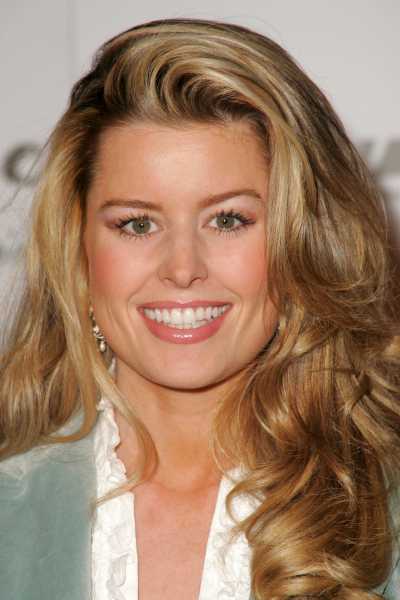Wanna talk?
HairTalk® is the place for you!
Hair Glossary
Lastest Added Terms
Term: Hair clips
Hair clips covers a very large category. Hair clips originated in the hair salon as no-frills metal beak style clips designed to secure hair rollers to the scalp
while sitting under a hood style dryer. Besides the silver metal colored beak clips there were the H style shorter metal clips also used to secure wet sets and pin curls for air drying.
The original salon style clips eventually evolved from behind the inner sanctum of the salon to the world of hair fashions. The shape of hair clips initially were rooted in the long slender beak styles but the materials used ranged from heavier metal to a range of cellulose and plastics.
As individual companies started designing on the beak style clips they gave them unique names such as dophin, shark, Concorde (after the famous French jet), alligator and similar. The clips became available in a wide range of colors and with adornments.
Over the years hair clips have come to include a dizzying array of sizes from mini to maxi in length and thickness to every imaginable shape and color.
Clips also have been organized into jaw versus claw clips which basically defines whether the clips have long beaks or tend to be more compressed into round, square or rectangular shapes.
Hair clips can be worn by any age range and have won popularity with men as well as women. Tiny hair clips can be worn to secure an overgrown fringe or to create any type of hair chignon, bun or twist.
Ironically the original salon beak style clip is still very popular for separating hair into sections for cutting, detangling, blow drying and styling. They are also still used for wet sets and hood dryer sets or for styling naturally textured (curly, wavy, kinky, coily) hair.
Salon clips today tend to be made out of plastic rather than metal.
Hair clips is a very generic term to cover a very large category of hair accessory.
Quick Poll



